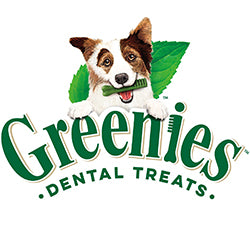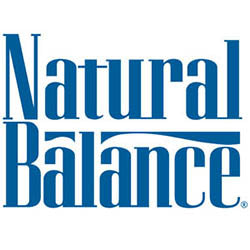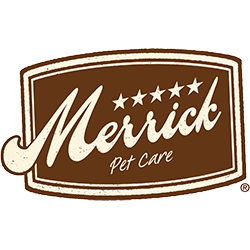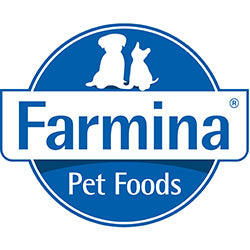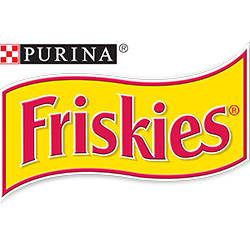
Grooming tips for pets
Keeping your pets well-groomed helps them look and feel their best and contributes to their overall health and well-being. Regular grooming sessions can help prevent health issues such as skin infections, matted fur, and even tooth decay. In this comprehensive guide, we'll share essential grooming tips for pets, including maintaining their coat, nails, ears, and teeth and making grooming an excellent experience for you and your pet.
Table of Contents
- Understanding the Importance of Grooming
- Essential Grooming Tools for Pet Owners
- Coat Maintenance: Brushing, Bathing, and More
- Nail Care: Clipping and Filing
- Ear Cleaning: Tips and Techniques
- Dental Care: Maintaining Oral Health
- Creating a Positive Grooming Experience
- Professional Grooming: When to Seek Help
- Special Considerations for Different Breeds
- Conclusion: The Benefits of Consistent Pet Grooming
- Understanding the Importance of Grooming
Grooming your pets serves several crucial purposes. It helps:
- Maintain a clean and healthy coat
- Reduce shedding and hairballs
- Prevent matting, which can cause discomfort and skin infections
- Check for fleas, ticks, and other parasites
- Monitor your pet's overall health by examining their skin, nails, ears, and teeth
- Essential Grooming Tools for Pet Owners
To groom your pets effectively, you'll need the right tools. Some essential grooming items include:
- Brushes and combs: Choose the appropriate type for your pet's coat, such as slicker brushes, bristle brushes, or wide-toothed combs.
- Clippers or scissors: For trimming fur, especially around sensitive areas like the eyes and ears.
- Nail clippers or grinders: For maintaining your pet's nails.
- Ear cleaner tool and cotton balls: To gently clean your pet's ears.
- Toothbrush and pet toothpaste: For keeping your pet's teeth clean and healthy.
- Coat Maintenance: Brushing, Bathing, and More
Regular brushing helps remove loose hair, dirt, and debris from your pet's coat. It also helps distribute natural oils, promoting a healthy, shiny skin. When brushing your pet:
- Use the right brush or comb for your pet's coat type.
- Brush in the direction of hair growth, being gentle to avoid causing discomfort.
- Pay attention to any mats or tangles, and use a detangling spray if necessary.
- Brush your pet regularly; the frequency will depend on their coat type and the amount of shedding.
Bathing your pet is essential for maintaining a clean and healthy coat. When washing your pet:
- Use lukewarm water and a pet-friendly shampoo.
- Make sure not to get water in your pet's ears and eyes.
- Rinse thoroughly to remove all shampoo residue.
- Dry your pet using a towel or a pet-safe hairdryer on a low setting.
- Don't bathe your pet too frequently, as it can strip their coat of essential oils.
- Nail Care: Clipping and Filing
Regular nail maintenance is crucial for your pet's comfort and mobility. When trimming your pet's nails:
- Use pet-specific nail clippers or grinders.
- Cut a small number of nails at a time to avoid cutting quickly, which can cause pain and bleeding.
- If you accidentally cut the quick, use a styptic powder to stop the bleeding.
- Remember to trim the dewclaws if your pet has them.
- Ear Cleaning: Tips and Techniques
Cleaning your pet's ears is essential for preventing infections and detecting potential issues. When cleaning your pet's ears:
- Make sure you have a pet ear cleaner and cotton balls or pads.
- Gently wipe the outer ear, avoiding inserting anything into the ear canal.
- Signs of infection you might notice, such as redness, swelling, or discharge.
- Clean your pet's ears as needed, but avoid over-cleaning, which can irritate them.
- Dental Care: Maintaining Oral Health
Oral hygiene is crucial for your pet's overall health. Regular dental care can prevent bad breath, tooth decay, and gum disease. When caring for your pet's teeth:
- Use a pet-specific toothbrush and toothpaste.
- Brush your pet's teeth in a circular motion, focusing on the gum line.
- Introduce dental chews or toys to help maintain oral hygiene between brushings.
- Schedule regular dental check-ups with your veterinarian.
- Creating a Positive Grooming Experience
Grooming should be a pleasant and stress-free experience for you and your pet. To ensure this, follow these tips:
- Start grooming your pet at a young age to help them become comfortable with the process.
- Be patient and gentle, offering praise and treats as rewards.
- Choose a quiet, relaxed environment for grooming sessions.
- Keep grooming sessions short, gradually increasing the duration as your pet becomes more comfortable.
- Professional Grooming: When to Seek Help
While most grooming tasks can be performed at home, there are times when professional help may be necessary. Consider seeking a professional groomer when:
- Your pet has severe matting that cannot be safely removed at home.
- Your pet's breed requires specialized grooming techniques or coat care.
- You must figure out performing a particular grooming task, such as nail trimming or ear cleaning.
- Special Considerations for Different Breeds
Each pet breed has unique grooming needs, so you must familiarize yourself with your pet's specific requirements. Some considerations include the following:
- Coat type: Pets with long or curly coats may require more frequent brushing and specialized tools to prevent matting.
- Shedding: Breeds that shed heavily may benefit from de-shedding tools and more frequent brushing.
- Skin sensitivities: Some breeds are prone to skin issues and may require hypoallergenic grooming products or special care.
The Benefits of Consistent Pet Grooming
Regular grooming is essential for maintaining your pet's overall health and well-being. Investing time and effort in grooming will help prevent common issues such as matting, skin infections, and dental problems. Moreover, grooming sessions allow for bonding with your pet and monitoring their health. Following the tips in this guide ensures that your pet stays healthy, happy, and looking their best.
- Choosing a selection results in a full page refresh.




